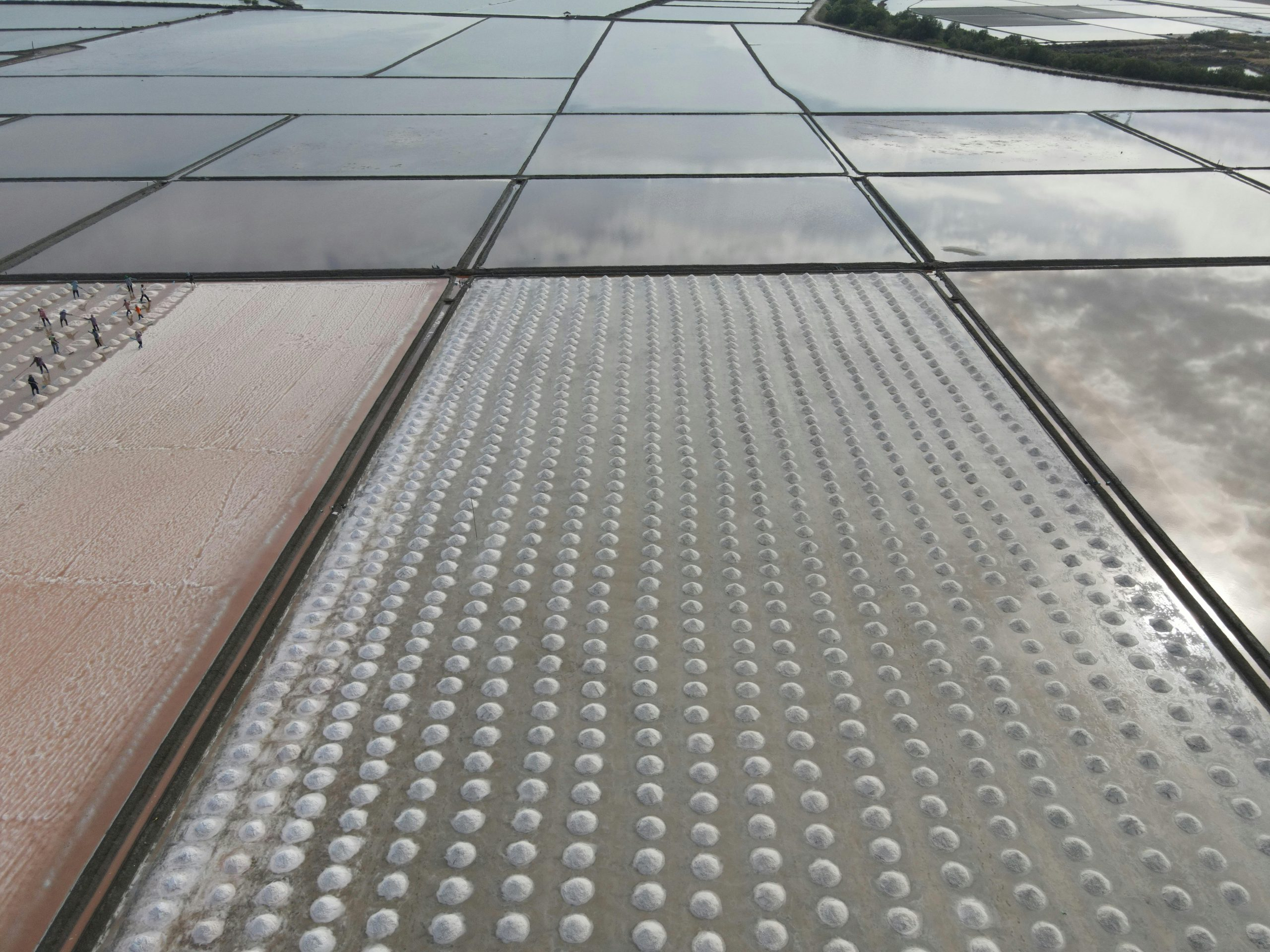Sustainable Dying Practices: Reducing Water Use in Garment Production
In the world of fast fashion, it’s no secret that the manufacturing process of garment production takes a toll on the environment. From the use of harmful chemicals to the overuse of water resources, the fashion industry’s impact on our planet is undeniable. However, in recent years, there has been a growing movement towards more sustainable practices in the garment production process. One area that has seen significant improvements is in the dying of fabrics. In this article, we’ll explore the concept of sustainable dying practices, with a focus on how it can reduce water usage in the production of garments. 
The problem with traditional dying methods
Traditional dying methods in the fashion industry involve the use of vast amounts of water, energy, and chemicals. It is estimated that around 200 tons of water are needed to dye one ton of fabric, and this water is often contaminated with hazardous chemicals such as heavy metals and dyes. This contaminated water is then released into rivers, streams, and oceans, causing a severe impact on aquatic life and the environment as a whole.
Moreover, traditional dying methods also require a significant amount of energy, mainly in the form of electricity and fuel. This energy consumption contributes to the emission of greenhouse gases, further exacerbating the fashion industry’s already significant carbon footprint. Additionally, the use of chemicals in the dying process poses a threat to the health and safety of the workers involved in the production of garments.
The rise of sustainable dying practices
Thankfully, with the growing awareness of the fashion industry’s environmental impact, many brands and manufacturers are turning towards more sustainable dying practices. These practices aim to reduce the industry’s reliance on water, energy, and chemicals, while also promoting the health and safety of both the planet and the workers.
One method that has gained popularity is the use of low-impact or natural dyes. These dyes are derived from plant-based materials, such as fruits, vegetables, and even certain types of insects. Unlike synthetic dyes, they do not contain harmful chemicals and require significantly less water and energy to produce. Additionally, low-impact dyes do not produce as much waste as traditional methods, making them a more environmentally friendly option.
Another sustainable dying practice is the adoption of closed-loop systems. This process involves recycling the water used in the dying process, reducing the industry’s water consumption significantly. Closed-loop systems also allow for the reuse of dyes, further reducing the amount of hazardous chemicals released into the environment.
The benefits of sustainable dying practices
The adoption of sustainable dying practices has numerous benefits, both for the environment and the fashion industry as a whole. Firstly, the reduction of water usage helps to conserve valuable water resources, which are becoming increasingly scarce globally. It also minimizes the pollution caused by the release of contaminated water into our waterways.
By using low-impact or natural dyes, the health and safety of workers are also prioritized. These dyes are less harmful, reducing the risk of health problems for those involved in the production process. Additionally, the use of closed-loop systems can save manufacturers a significant amount of money on resources and waste disposal, making it a win-win situation for both the environment and the industry.
In conclusion
The fashion industry has long been known for its negative impact on the environment, but with the rise of sustainable practices, positive changes are being made. By reducing the industry’s reliance on water, energy, and chemicals, sustainable dying practices are helping to create a more environmentally friendly and socially responsible fashion industry. With continued efforts and a shift towards more sustainable methods, we can hope for a future where eco-friendly garment production is the norm.










